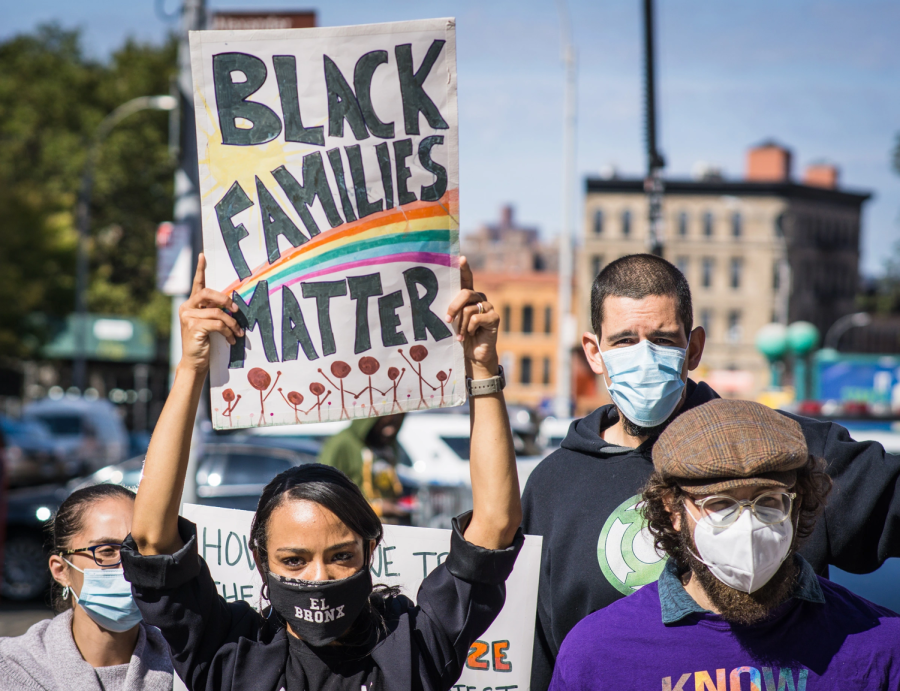Another tragic incident shook America last week.
Six people were killed and three others were wounded on Sunday at a Sikh Temple, in Oak Creek, Wisconsin when a lone gunman, now dubbed a domestic terrorist, entered the temple with a 9-millimeter semiautomatic handgun.
The gunman, who was shot by local law enforcement at the scene, was an army veteran with ties to the white supremacist movement. He was the leader of a neo-Nazi, white-power band called End Apathy.
Only a few weeks ago, a lone gunman in a Colorado movie theater left 12 dead and dozens wounded. This disturbed and troubled college student also used a 9-millimeter semiautomatic handgun. Both weapons were purchased legally.
For Sikhs in the United States, a population of more than 300,000, the crime bears troubling echoes to other attacks on the Sikh community that have increased since the September 11 terrorist attacks. In the majority of hate crimes perpetrated against Sikhs, who wear turbans according to their religious beliefs, they have been mistaken for Islamic extremists commonly shown on national media – reflecting a lack of understanding among many Americans about their religious identity.
Frightened by waves of violence and harassment shortly after the attacks, many Sikh families have lived in fear, and this devastating attack demonstrates how little America’s understanding of this group has progressed since 2001.
In the United States, religious illiteracy remains a national malady.
What is clear from this incident is that we need to reacquaint ourselves with our “grand traditions” of religious liberty and political conciliation.
Despite the continued rash of hate-motivated crimes, it seems few members of our government are willing to tackle the politically contentious issue of gun control in America.
How many more horrific incidents will it take for us to see that our current gun laws are faulty?
In 2011 it was Jared Loughner who killed six people and critically wounded Representative Gabrielle Giffords in Tucson, Arizona; 2007’s Virginia Tech University incident where 32 people were killed; the Colorado shooting and now the Sikh temple – all of which were carried out by a 9-millimeter semiautomatic handgun.
There is no valid reason for civilians to own semiautomatic handguns, assault rifles or high-capacity magazines.
The United States had a ban on certain types of assault weapons until 2004, when it was allowed to expire. Since then, U.S. gun laws have become progressively more permissive, especially at the state level.
Wisconsin, where the handgun used in the Sikh temple attack was legally purchased, has some of the weakest gun laws in the country, according to a scorecard by the Brady Campaign on Gun Violence, which advocates for gun control. Wisconsin gun laws were rated weaker than all but 10 other states.
In July 2011, Wisconsin passed a concealed carry law, leaving Illinois the only state without a law allowing citizens to carry a concealed weapon. Wisconsin has no prohibition on assault weapons or large-capacity ammunition magazines, according to the Law Center to Prevent Gun Violence.
Shortly after the Wisconsin shooting, Democratic U.S. Reps. Diana DeGette and Carolyn McCarthy introduced the Stop Online Ammunition Sales Act, which they say would make it more difficult for people to anonymously stockpile ammunition, as the Aurora killer had reportedly done.
Since the Colorado shooting, New Jersey Sen. Frank Lautenberg has renewed a push to ban the sale of high-capacity ammunition clips. But both proposals are said to have very little chance of passing in an election year.
As we try to make sense once again of yet another attack on our citizens, we must remember that hate and semiautomatic handguns are both devastating and accessible weapons. We must reexamine our current gun control laws and push our representatives and presidential hopefuls to have a conversation on this issue and find ways to alter current legislation.















